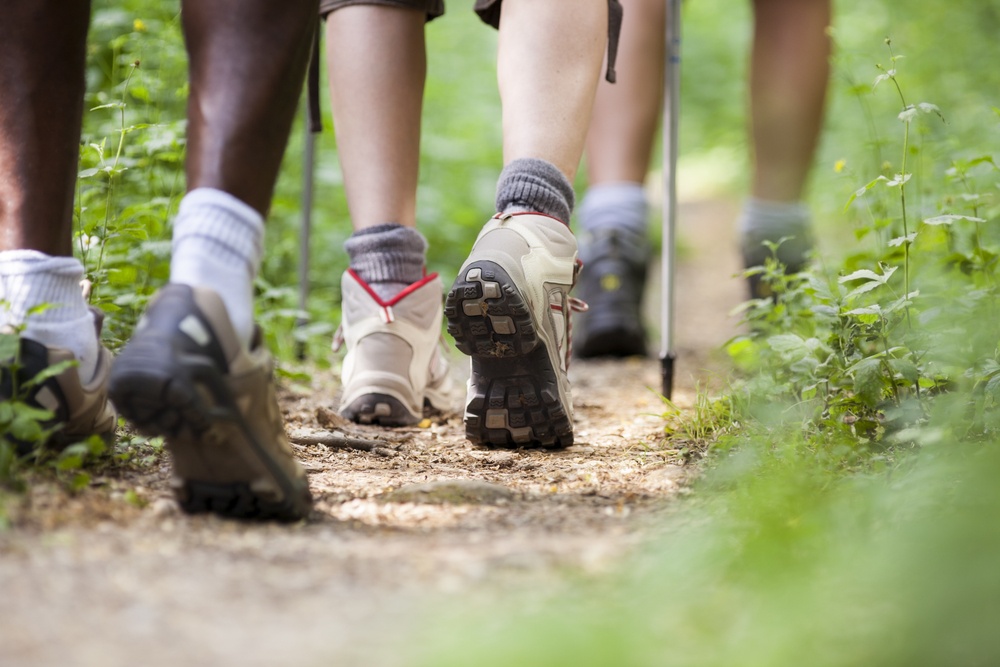
“Exercise is the key not only to physical health but to peace of mind.” – Nelson Mandela
Exercise means different things to different people. For some, it simply means “staying active” which can be little more than walking regularly, taking the stairs instead of the elevator, and working in the yard.
For others, exercise is just another word for working out, and working out can be as intense as Level 4 Crossfit workouts or High-intensity interval training (HIIT workouts).
However, most people tend to fall somewhere in the broad middle and recognize that exercise needs to work your muscles and cardio-vascular system to some degree.
But few people make a connection between regular exercise and pain-free living.
Exercise, Muscle Strength, and Bone Strength – A Pain Fighting Combination
It increases strength and flexibility, reduces joint pain, and helps combat fatigue. In addition, exercise can strengthen the muscles around your joints and help you maintain bone strength. All of which contributes to minimizing and preventing many of the most common sources of pain.
According to an article at WebMD,
“Exercise improves your pain threshold,” says Trent Nessler, PT, DPT, MPT, a vice president with Champion Sports Medicine in Birmingham, Ala. “With chronic pain, your pain threshold drops — in other words, it takes less pain to make you feel more uncomfortable. With cardiovascular, strengthening, and flexibility exercise, you can improve that pain threshold.”
One expert, in addressing a “pain-free body” noted that,
“Having the mobility to move our joints through full ranges of motion is important. Additionally, having the stability to keep ourselves from moving past a healthy range of motion is just as important. Having the body awareness to know which muscles we are activating and stretching, and when pain is or isn’t a serious warning sign, is even more important.”
And an article from the American Physical Therapy Association (APTA), regular exercise provides these benefits, among others:
- Improve your memory and brain function (all age groups).
- Protect against many chronic diseases.
- Aid in weight management.
- Lower blood pressure and improve heart health.
- Improve your quality of sleep.
- Reduce feelings of anxiety and depression.
- Combat cancer-related fatigue.
- Improve joint pain and stiffness.
- Maintain muscle strength and balance.
- Increase life span.
While it is true that a 100 percent “pain-free” life is probably not realistic, aside from injuries or illness, it is possible to attain and maintain a level of fitness and strength that provides you with the optimum condition to prevent avoidable pain issues.
Exercise When the Pain is Already There
While we want to tread carefully here it is true that generally speaking, the medical profession has moved away from prescribing long periods of bed rest for many post-surgery and injury recovery treatments.
In fact, instead of staying in bed with a “bad back”, or weeks of bed-rest after knee surgery, many physicians are prescribing (light-to-moderate) exercise and moment.
The National Institutes of Health relates that,
“Most people living with chronic pain can exercise safely, and it can assist with pain management. In fact, being inactive can sometimes lead to a cycle of more pain and loss of function.”
What the medical profession has discovered is that exercise, especially strength-building forms of activities, boost healing and recovery. In addition, the profession has recognized that regular exercise – especially for muscle and bone strength – helps prevent or at least minimize various types of pain.
Joint pain, sore backs, leg pain, shoulder and neck issues… the list goes on. The bottom line is that a strong, fit, and aerobically efficient body is a body far less prone to pain, and one that is far more likely to recover from pain quickly.
The issue especially is not the occasional sore muscle or sprain. These may still occur. But it is the prevention and avoidance of chronic pain that gives exercise it’s an added value.
At Pain and Performance Solutions we understand that not everyone is already at a level of optimum health and fitness, nor are they free of chronic pain. While we agree that exercise can help tremendously on the road to living pain-free, your current pain issues may still need to be addressed.
Pain and Performance Solutions, Exercise, and Living Pain-Free
The first step in recovering from pain and becoming pain-free is when we get to know you and your pain issues. Once you make your first appointment, we’ll want to learn about your present discomfort as well as any history of pain.
After providing you with a full examination, we can determine which form of treatment is needed to help you on your road to recovery.
Often, when pain occurs, our bodies will try to compensate for the pain in order to allow us to get through the day with less pain. However, because our bodies have shifted that pain around to compensate for our discomfort, this often leads to other areas of pain.
Getting chronic pain relief with therapies such as Anatomy in Motion and Active Release Technique® can only begin when we can understand where your pain started. That could mean it started previously with another injury you might have sustained.
Your trust in us and your transparency is key. Getting your body to work properly and healthy is the only way to achieve total recovery. So, don’t hesitate to reach out. We are here to help and will answer any, and all questions that you may have. You can reach us at (707) 636-4404 or by filling out our online contact form.